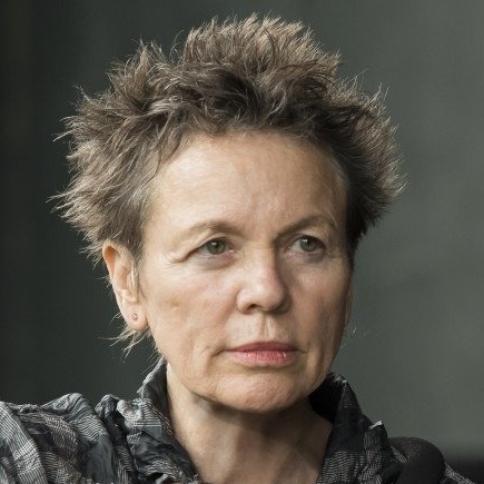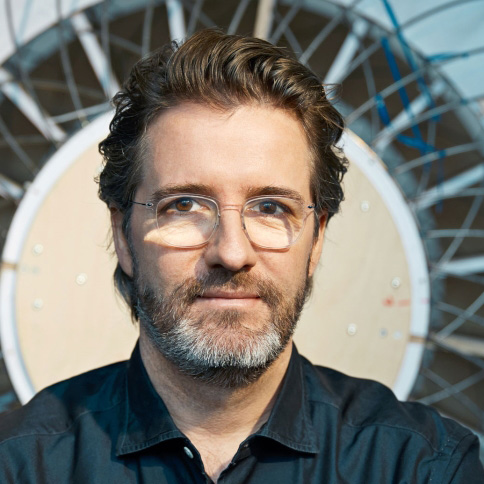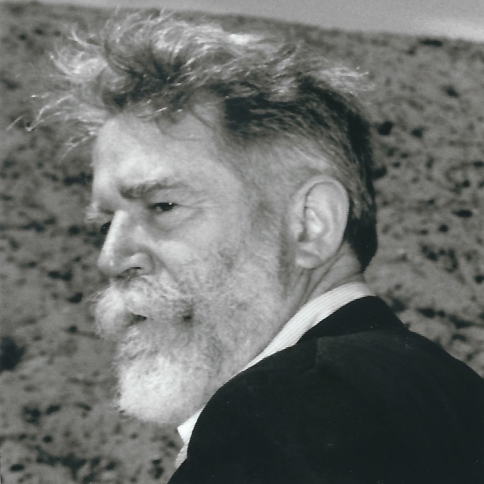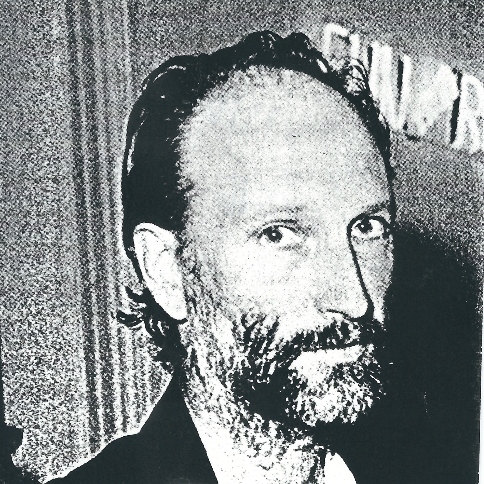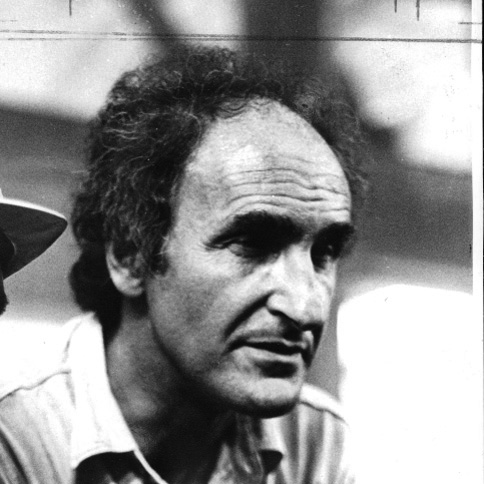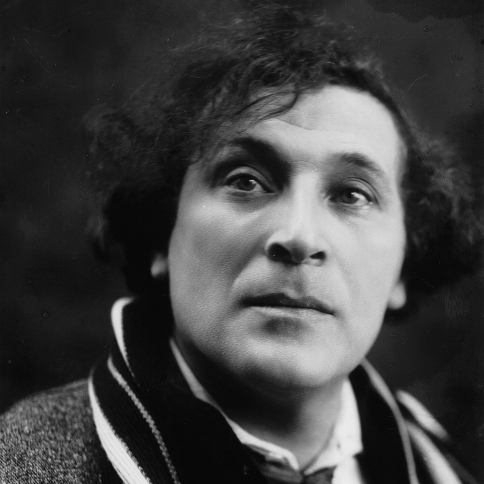
Anselm Kiefer
Wolf Prize Laureate in Arts 1990

Anselm Kiefer
Award citation:
“for his epic and physically compelling paintings, in which he creates a continuum, linking current life with history and mythology”.
Prize share:
None
Anselm Kiefer (born in 1945, Germany) Originally enrolled at the University of Freiburg with a focus on pre-law and Romance languages, he transitioned to the realm of art after three semesters. He continued his artistic education at art academies in both Freiburg and Karlsruhe. Under the tutelage of Peter Dreher, a renowned realist and figurative painter, who honed his skills. He earned his art degree in 1969.
Anselm Kiefer has created an art that synthesizes human history and the present condition of life in epic canvases that inspire gravity and awe. For him, almost alone in this century, art is an endeavor of enormous ambition and symbolic importance.
Kiefer first came to prominence in the 1970’s with subjects that dealt derisively with his German heritage, and most particularly with the Nazi period. Not only was this history mocked, the artist unselfconsciously examined the degree to which he was an heir of its character. Gradually he added to his narrative the victims of this ghastly past, as epitomized by the personage called Shulamit in a poem by Paul Celan.
In 1980, Kiefer’s work took a dramatic turn through his increasing use of diverse materials added to the surfaces of the canvases. Sand, straw, photographs, and lead produced a rich physical reality which enhanced the expressiveness of the imagery. As the 1980´s evolved, Kiefer began to transform his earlier subjects, as if to suggest the possibility of a new, though not necessarily brave, world. His art is as much about metamorphosis as it is a haunting commentary on false dreams. It is both accusative and elegiac. It addresses such universal themes as the power of myth in history and its persistence in modern life.
The best of Kiefer’s paintings are epic elegies to the human condition, which pulsate with profoundly felt emotions, complex thematic subtlety, and extraordinary surface excitement.
Kiefer’s paintings often touch raw nerves and have the potential to elicit emotional responses. By the provocative nature of his work, it is evident that Kiefer accepts and embraces the notion of the modern artist who stands outside society, taunting it, its history, norms, taboos, myths, and ideas about art and craft. Though hardly untouched by his period´s ironical outlook and experimental practices, he signals a dramatic break with prevailing, 2Oth century notions that art exists for its own sake alone; instead, he proposes that art might speak to the general concerns of humanity.







